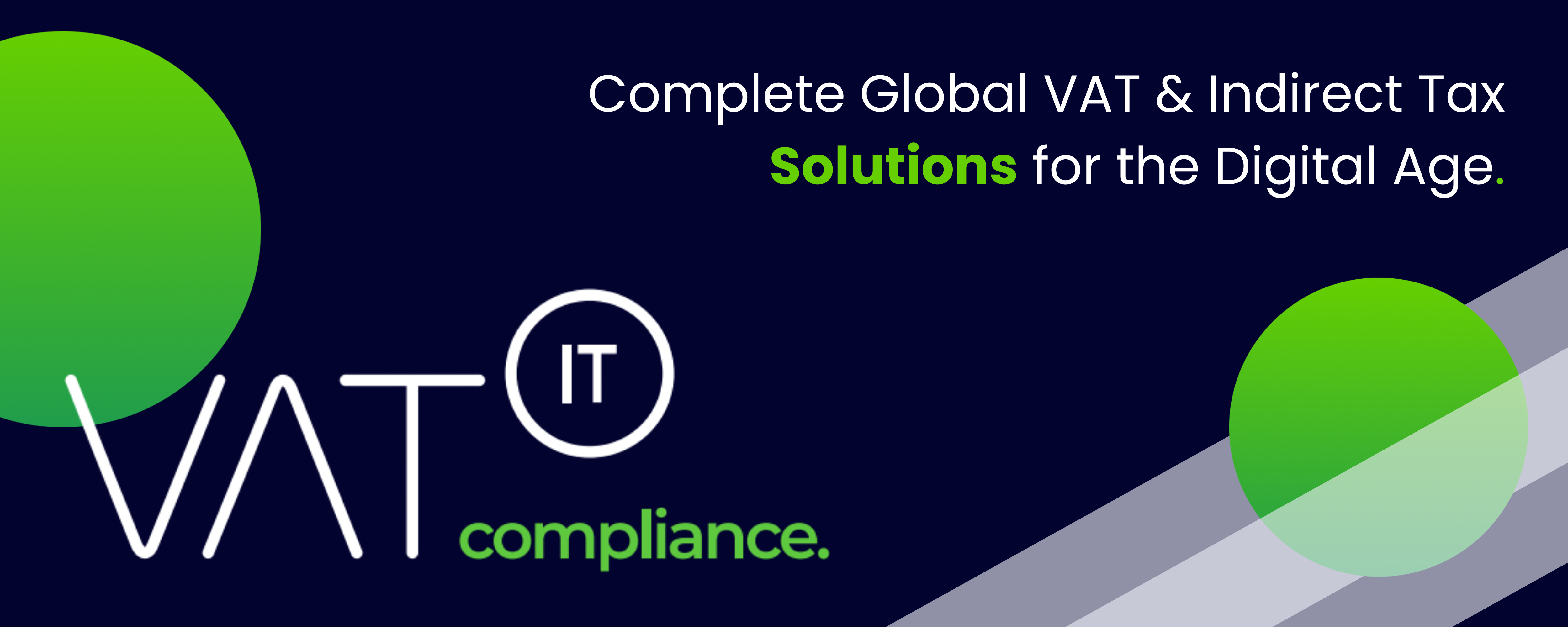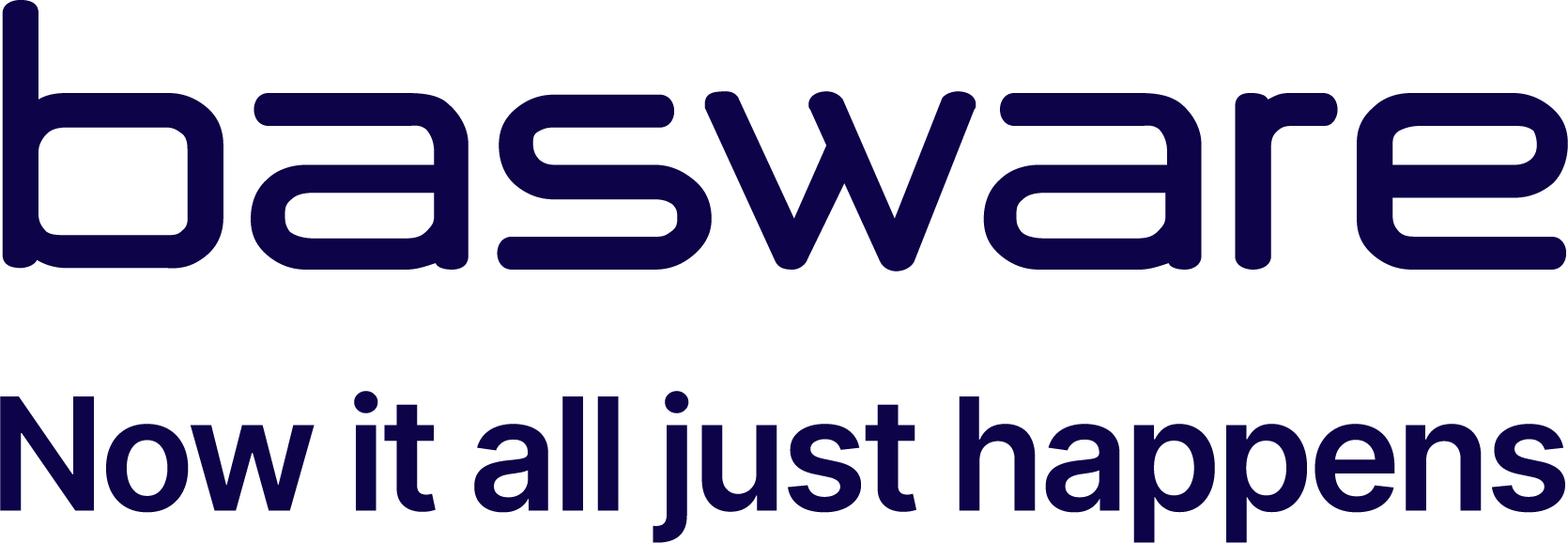An electronic invoice is by definition drawn up electronically and sent electronically.
Everyone today has a professional or personal email address. It is therefore logical that invoices are often sent via e-mail .
However, is this a good idea? Below I compare the most important advantages and disadvantages for you.
Advantages
- Everyone can be reached by email.
- Accessible.
- Low cost .
- Little investment required to get started.
- No additional software needed to send PDF invoices.
Cons
- No certainty whether the e-mail will reach the right person.
- No receipt of invoice.
- Risk of being blocked by virus scanners and spam filters .
- No integration with the banking application to facilitate payment.
- No automatic processing in the accounting.
- High (hidden) cost price due to manual processing.
- Not suitable for “real” electronic invoices such as XML/UBL.
- In many cases limited to the use of PDF invoices.
Source UBL
Latest Posts in "World"
- VAT Report Guide: Understanding the Nine-Box Financial Document for Business Compliance
- What is a Standard Audit File for Tax (SAF-T)? A Global Compliance Overview
- E–invoicing Developments Tracker
- How to map self-billing fields into UBL/CII for Peppol
- E-Invoicing Exchange Summit Singapore 2025 (Nov 24-26, 2025)














